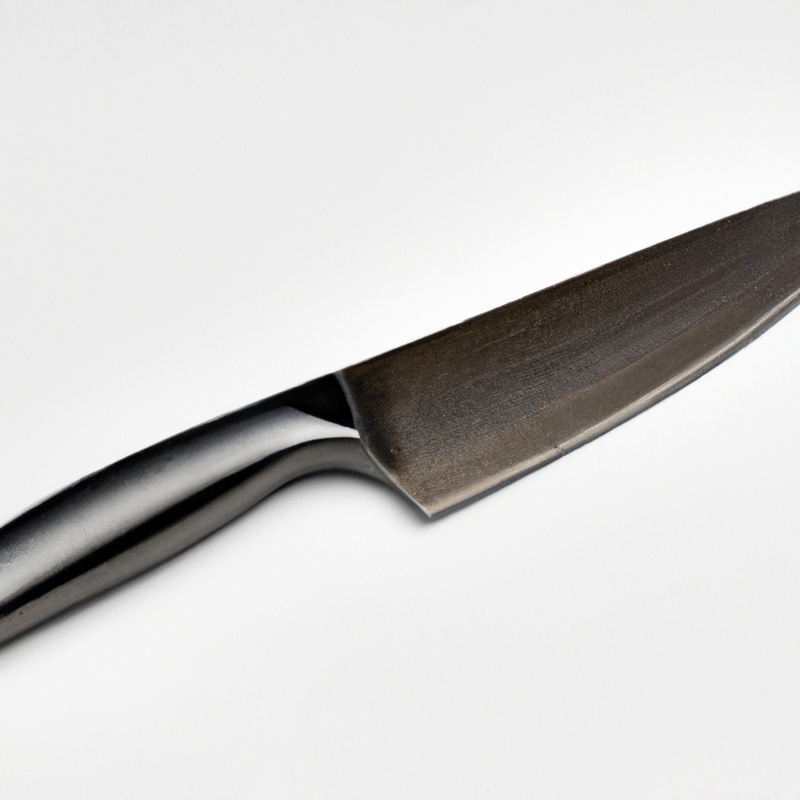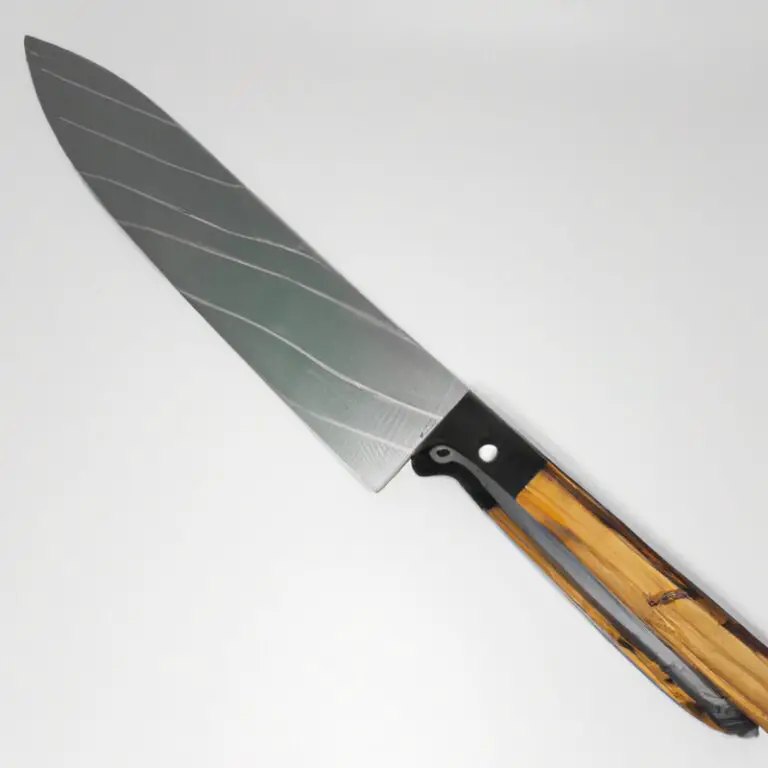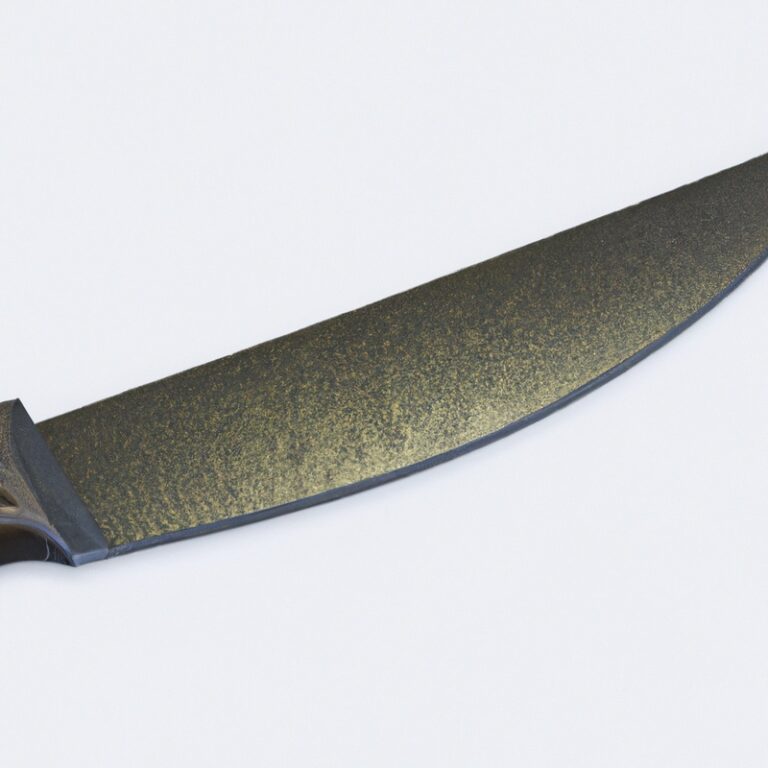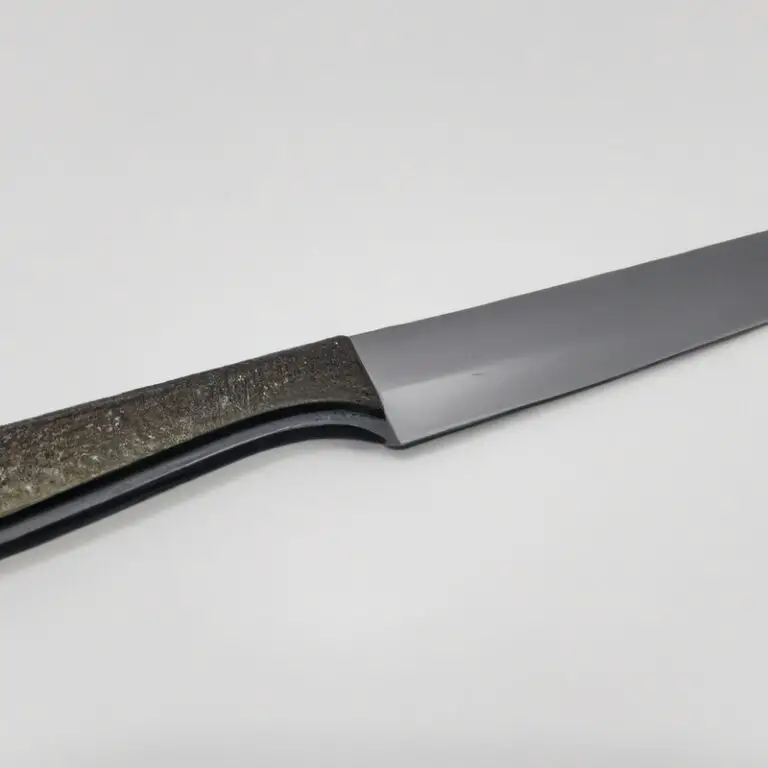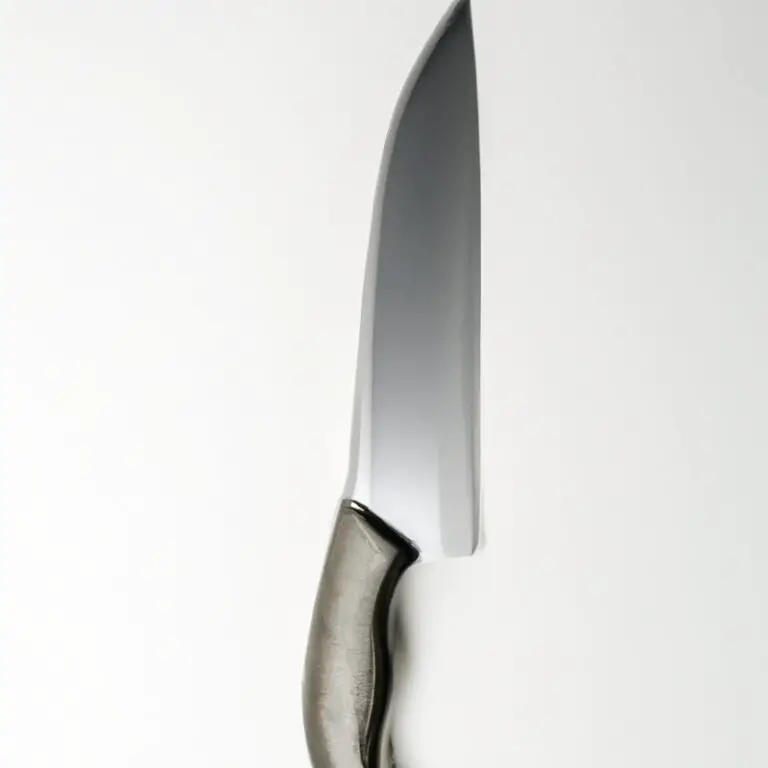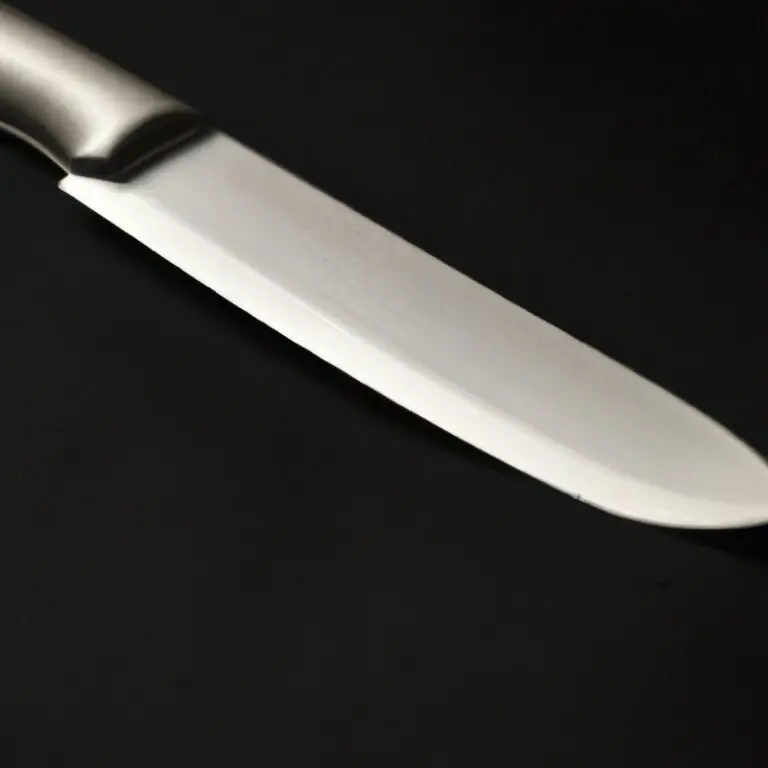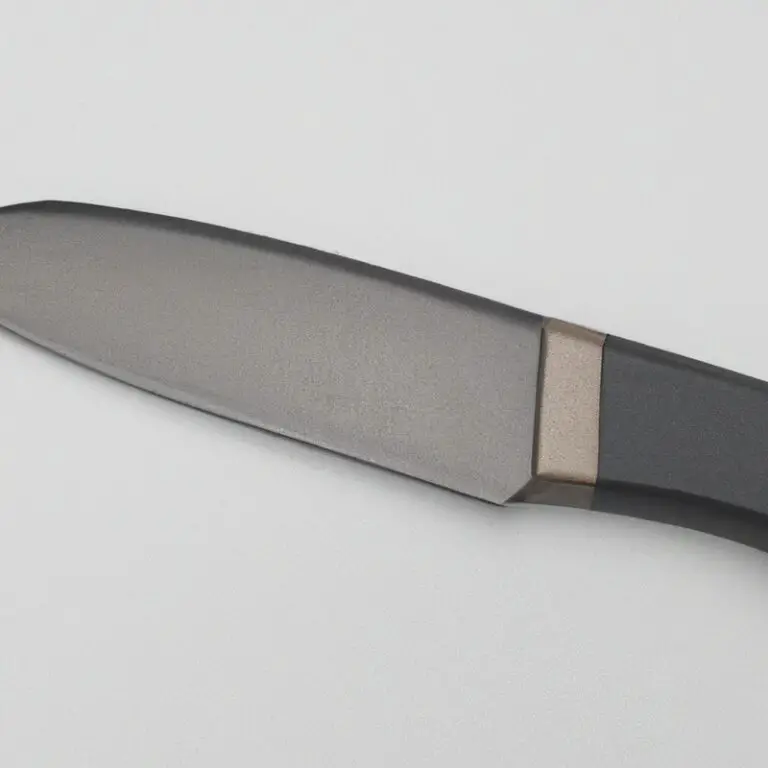How To Improve Accuracy When Slicing With a Gyuto Knife? Slice Like a Pro!
Key Takeaways:
- Hold the knife with a firm grip and keep your fingers away from the blade to avoid accidents and improve precision.
- Use a honing steel regularly to maintain the blade’s sharpness and prevent injuries while slicing.
- Keep the blade at a consistent angle and move it in a fluid motion to ensure even cuts.
- Practice makes perfect – with patience and dedication, you can master the art of slicing with a Gyuto knife and improve your accuracy over time.
If you’re a cooking enthusiast, then you know wielding a Gyuto knife can make all the difference in the kitchen. But, when it comes to precision slicing, using a Gyuto knife requires some finesse.
Fear not, because with a little focus and effort, you can become a pro at using this versatile Japanese knife for all your slicing needs.
In this article, we’ll explore everything from the anatomy of a Gyuto knife to the right cutting board and surface to use to maintain accuracy and how to hold a Gyuto knife for enhanced control and accuracy. You’ll learn tips and techniques to improve your slicing skills and keep your Gyuto knife sharp for years to come.
| Technique | Description |
|---|---|
| Proper grip | Hold the knife with a pinch grip, with your index finger and thumb gripping the base of the blade for better control and precision. |
| Correct angle | Hold the blade at a 15-20 degree angle to the cutting board, which allows for a smooth and even slicing motion. |
| Blade maintenance | Maintain a sharp edge on your Gyuto knife with regular sharpening, honing, and stropping to ensure clean and effortless slices. |
| Finger placement | Be mindful of where your fingers are in relation to the blade, and keep them tucked in for safety. |
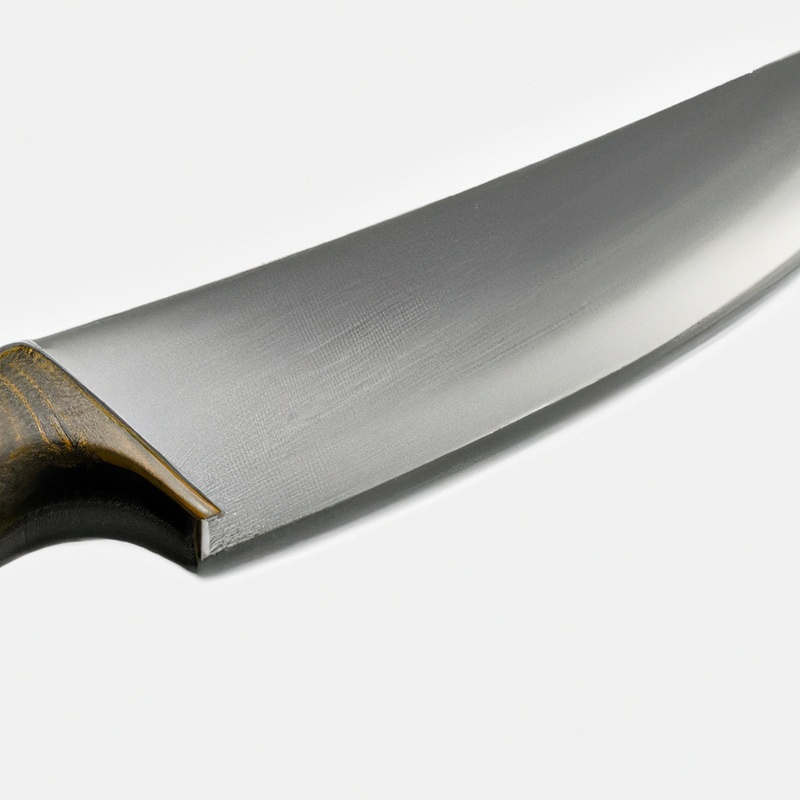
Understanding the anatomy of a gyuto knife for accurate slicing
To achieve accurate and precise slicing with a gyuto knife, it is crucial to understand its anatomy. A gyuto knife typically consists of a blade, a bolster, a handle, and a tang.
The blade, which is usually between 8 to 12 inches long, is the most important component of a gyuto knife, and it is made from high carbon stainless steel or Japanese VG-10 steel.
The blade’s thickness and shape are essential for different types of cuts and ingredients. The bolster is the area between the blade and the handle that provides balance and support.
The handle should feel comfortable to grip and be made from sturdy materials like wood, plastic, or metal.
The tang is an extension of the blade that runs through the handle, providing stability and control. Understanding the anatomy of a gyuto knife is essential to improve your accuracy when slicing.
Importance of using the right cutting board and surface when using a gyuto knife
Using the right cutting board and surface is essential when it comes to accurate slicing with a gyuto knife. A good cutting board should be sturdy, non-slippery, and made of materials that won’t damage the sharp edge of the blade.
It’s recommended to use wooden or bamboo cutting boards as they provide enough resistance against the blade while remaining gentle on it.
Avoid using hard plastic or glass cutting boards as they can easily dull the edge of your gyuto knife, making it less effective. Additionally, make sure that your cutting surface is flat and level, so that the knife doesn’t slip during use.
Overall, investing in a quality cutting board and surface will not only improve your accuracy but also help to maintain the longevity of your gyuto knife.
Sharpening techniques to maintain the sharpness of a gyuto knife for precision slicing
Maintaining the sharpness of a Gyuto knife is crucial for precision slicing. Here are some sharpening techniques to keep your knife in top shape:
- Use a sharpening stone: Whetstones are ideal for sharpening a Gyuto knife. Start with a coarse grit to sharpen the blade, then use a finer grit for polishing.
- Maintain the angle: When sharpening, maintain a consistent angle of 15-20 degrees for best results.
- Avoid excess pressure: Don’t press down too hard on the sharpening stone, as this can damage the blade.
- Use honing steel: Using honing steel in-between sharpening sessions can help maintain the knife’s sharpness. Hold the honing steel vertically and run the blade along it at a 15-20 degree angle.
- Know when to sharpen: A dull blade can damage your ingredients and make precision slicing impossible. Sharpen your Gyuto knife regularly to maintain its sharpness.
By following these sharpening techniques, you’ll be able to keep your Gyuto knife sharp and ready for precision slicing.
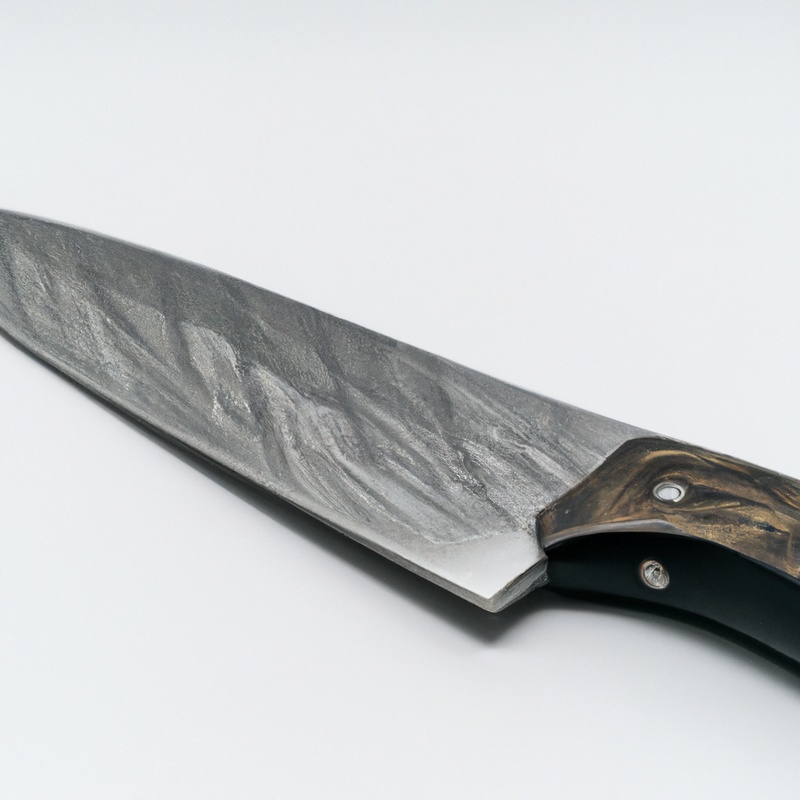
How to hold a gyuto knife for enhanced control and accuracy
To hold a gyuto knife for enhanced control and accuracy, you should grip the handle firmly but not too tight. Hold the knife with your index finger and thumb on either side of the blade’s base, called the “heel.” Keep your other fingers wrapped around the handle, ensuring that your index finger is not extended past the blade’s spine.
This grip will allow you to apply more pressure to the blade, which is essential for precise cuts and slicing through tough ingredients.
Additionally, always cut away from your body and maintain a steady grip to avoid accidents.
Tips for selecting the right gyuto knife for precise slicing
When selecting a gyuto knife for precise slicing, there are a few things to consider.
- Blade length: The ideal blade length primarily depends on what you’ll be using it for. For home cooks, a knife that is 8-10 inches long is typically sufficient. For professional chefs, a longer blade of 11-12 inches may be necessary.
- Blade material: High-quality steel such as high carbon or stainless steel is ideal as they offer durability and can hold a sharp edge for long periods.
- Handle: Choose a handle that feels comfortable to grip and fits comfortably in your hand. Look for a material that provides a secure grip, like G-10 or micarta.
- Blade shape: A tip that curves upwards facilitates rocking motion, making it easier to chop and slice, making it ideal for vegetables or anything that requires a rocking motion. A straight tip, on the other hand, is ideal for precision work where you need to make delicate slices.
- Weight balance: Make sure the weight of your knife is evenly distributed along the blade and handle. This ensures the knife is easy to control with minimal effort.
- Brand reputation: Go for brands that have credibility, good reviews, and are known for high-quality knives.
When selecting a gyuto knife for precise slicing, prioritize functionality over aesthetics. With these tips in mind, you can select a knife that suits your specific needs.
Maintaining a consistent angle while wielding a gyuto knife for uniform slicing
Maintaining a consistent angle while wielding a gyuto knife is crucial for achieving uniform slicing. The angle at which the knife is held determines the thickness and texture of the slice.
A common angle for gyuto knives is between 15-20 degrees.
To maintain consistency, hold the knife at a constant angle throughout the slicing process. Use your dominant hand to guide the knife, and keep the other hand steady on the ingredient being sliced.
Practice and experimentation with various angles will help you find the perfect technique for your desired slicing outcome.
Identifying the ideal cutting technique for different ingredients when using a gyuto knife
Identifying the ideal cutting technique for different ingredients is essential to improve accuracy when slicing with a Gyuto knife. For hard and dense ingredients like carrots, onions and potatoes, a technique similar to push-cutting is ideal.
In contrast, for delicate ingredients such as herbs, a rocking motion is preferable to prevent crushing or damaging the herb’s flavor and texture.
Also, for meats like beef, pork, or chicken, an appropriate technique would include using the entire length of the blade in a gentle sawing motion to ensure uniform slices without tearing the flesh. In summary, knowing and applying the appropriate cutting technique to each ingredient is the key to improving accuracy and precision when slicing with a Gyuto knife.
Proper cleaning and storage practices for a gyuto knife to improve its accuracy and longevity
Proper cleaning and storage practices are crucial for maintaining the accuracy and longevity of a Gyuto knife. After each use, it is important to clean the blade thoroughly with warm water and mild soap, and then dry it with a soft cloth.
Avoid using abrasives or harsh chemicals that can damage the blade.
When storing your gyuto knife, make sure it is completely dry and then store it in a knife block or sheath that fits the blade securely. Avoid storing it loosely in a drawer or with other utensils that can scratch the blade.
It is also important to keep the edge of the blade protected when not in use.
Consider purchasing a blade guard or using a cloth to wrap the blade before storing it. By properly cleaning and storing your gyuto knife, you can ensure that it maintains its sharpness and accuracy for many years to come.
The impact of blade thickness on accuracy when slicing with a gyuto knife
Blade thickness plays a significant role in the accuracy of slicing with a gyuto knife. A thicker blade offers stability, making it ideal for heavier ingredients like root vegetables and meat.
While a thinner blade allows more precision, it can be prone to bending if used on denser items.
It’s crucial to choose a blade thickness that suits the ingredient being sliced for accuracy and efficiency. Knowing the blade thickness of your gyuto knife can help you achieve better results in your slicing technique, making your work in the kitchen easier and more enjoyable.
How to improve your overall slicing technique with a gyuto knife through practice and experimentation
Improving your overall slicing technique with a gyuto knife requires practice and experimentation. Start by practicing on basic ingredients like vegetables and fruits before moving on to more challenging ingredients.
It’s essential to maintain a consistent angle while slicing to ensure uniformity.
Experiment with different grip techniques to find one that fits your hand and style. A firm grip ensures better control and accuracy.
Additionally, use a push-and-pull motion when slicing to enhance precision.
Always remember to clean and store your knife properly after use to maintain its accuracy and longevity. With regular practice and experimentation, you can improve your overall slicing technique with a gyuto knife.
Final Verdict
Mastering the art of precision slicing with a gyuto knife requires more than just a sharp blade. It involves understanding the anatomy of the knife, using the right cutting surface, maintaining a consistent angle, and practicing the right techniques.
By incorporating these tips into your cooking routine, you can enhance your accuracy and elevate your culinary skills.
Remember to always prioritize safety and invest in a high-quality knife that meets your slicing needs. With practice and patience, you’ll be well on your way to becoming a slicing pro.
Trust in the information presented in this article and take action to improve your slicing technique today!

